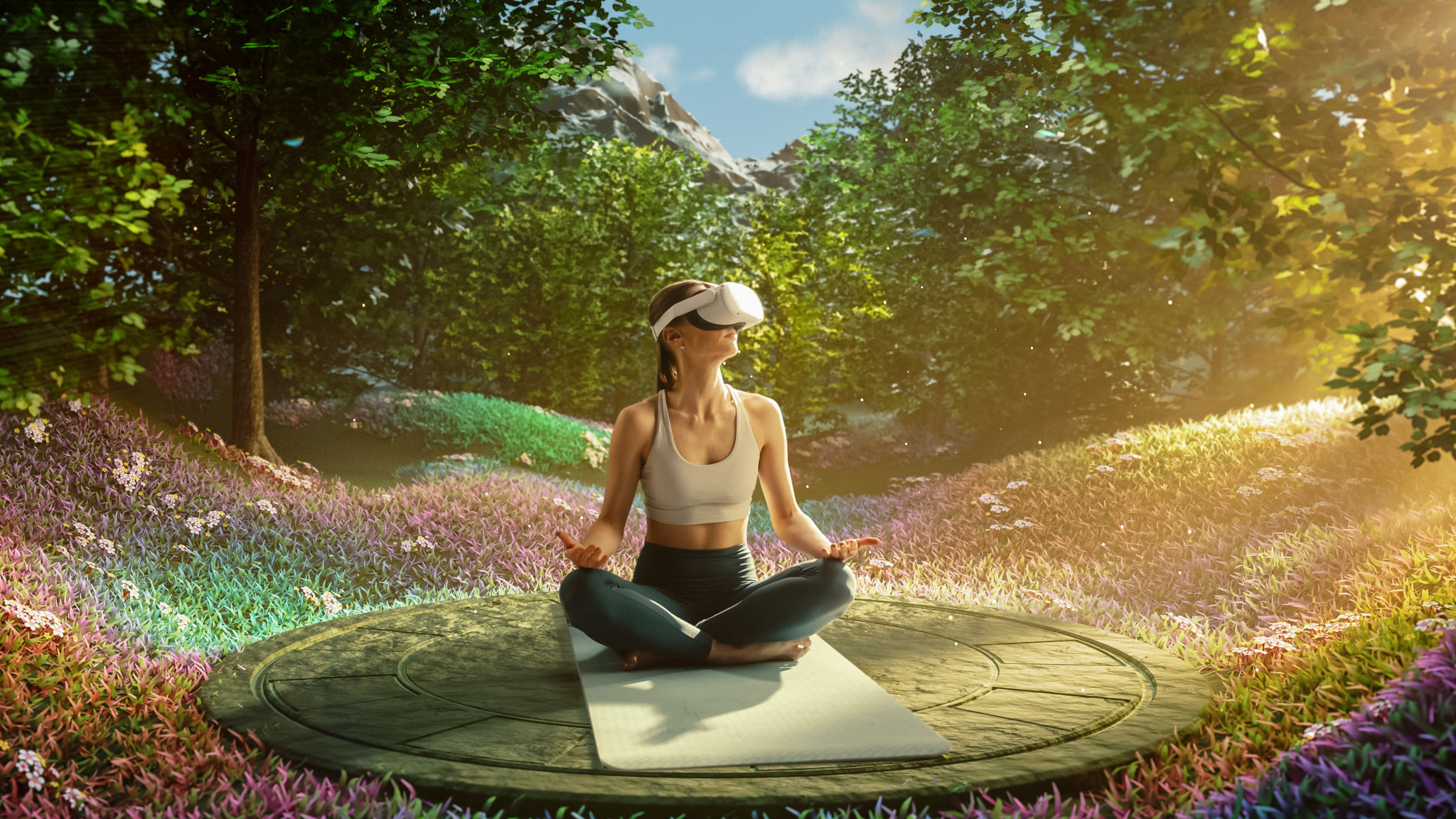How 360-Degree Video Production Enhances VR Experiences
Understanding 360-Degree Video Production
With the rise of virtual reality (VR) technology, 360-degree video production has become a pivotal component in enhancing VR experiences. This immersive form of video allows viewers to look around in all directions, creating an all-encompassing environment that traditional video simply cannot match. By capturing every angle, these videos offer a more realistic and engaging experience.
The process of creating 360-degree videos involves using specialized cameras or rigs equipped with multiple lenses. These cameras simultaneously capture footage from every direction, which is then stitched together to form a seamless spherical video. This intricate production process ensures that viewers can explore the scene as if they were physically present.

The Impact on User Engagement
One of the most significant advantages of 360-degree video production in VR is the enhancement of user engagement. By allowing viewers to control their perspective, these videos offer a personalized viewing experience that traditional media cannot provide. This level of interaction is crucial in keeping viewers engaged and invested in the content.
Moreover, 360-degree videos provide an opportunity for storytelling that is both dynamic and immersive. Creators can guide viewers through a narrative, highlighting key elements while still allowing them the freedom to explore their surroundings. This balance of direction and freedom creates a unique bond between the content and its audience.

Applications Across Industries
The versatility of 360-degree video production makes it applicable across various industries. In tourism, for instance, potential travelers can explore destinations before booking flights, getting a taste of the experience beforehand. Similarly, real estate agents can offer virtual tours of properties, providing prospective buyers a comprehensive view without the need to visit in person.
In the education sector, 360-degree videos can transport students to historical sites or complex scientific environments they might not otherwise have access to. This method of learning is not only more engaging but also enhances retention by immersing students in the subject matter.

Technical Considerations
While 360-degree video production offers numerous benefits, there are technical considerations to be mindful of. The quality of the video is paramount; therefore, high-resolution cameras and meticulous stitching processes are essential to avoid visual distortions that could detract from the experience.
Moreover, ensuring compatibility across various VR platforms is crucial. Developers must optimize videos for different devices and resolutions to ensure a smooth user experience. This might involve reducing file sizes without compromising too much on quality, a delicate balance that requires expertise.
The Future of VR and 360-Degree Videos
As VR technology continues to evolve, so too will the capabilities of 360-degree video production. Innovations in camera technology and editing software are likely to further enhance the quality and accessibility of these videos. With ongoing improvements, we can expect even more realistic and captivating VR experiences.
Overall, 360-degree video production plays an integral role in the advancement of VR technology. By offering immersive and interactive content, it has the power to transform how we experience media across a wide range of fields.
